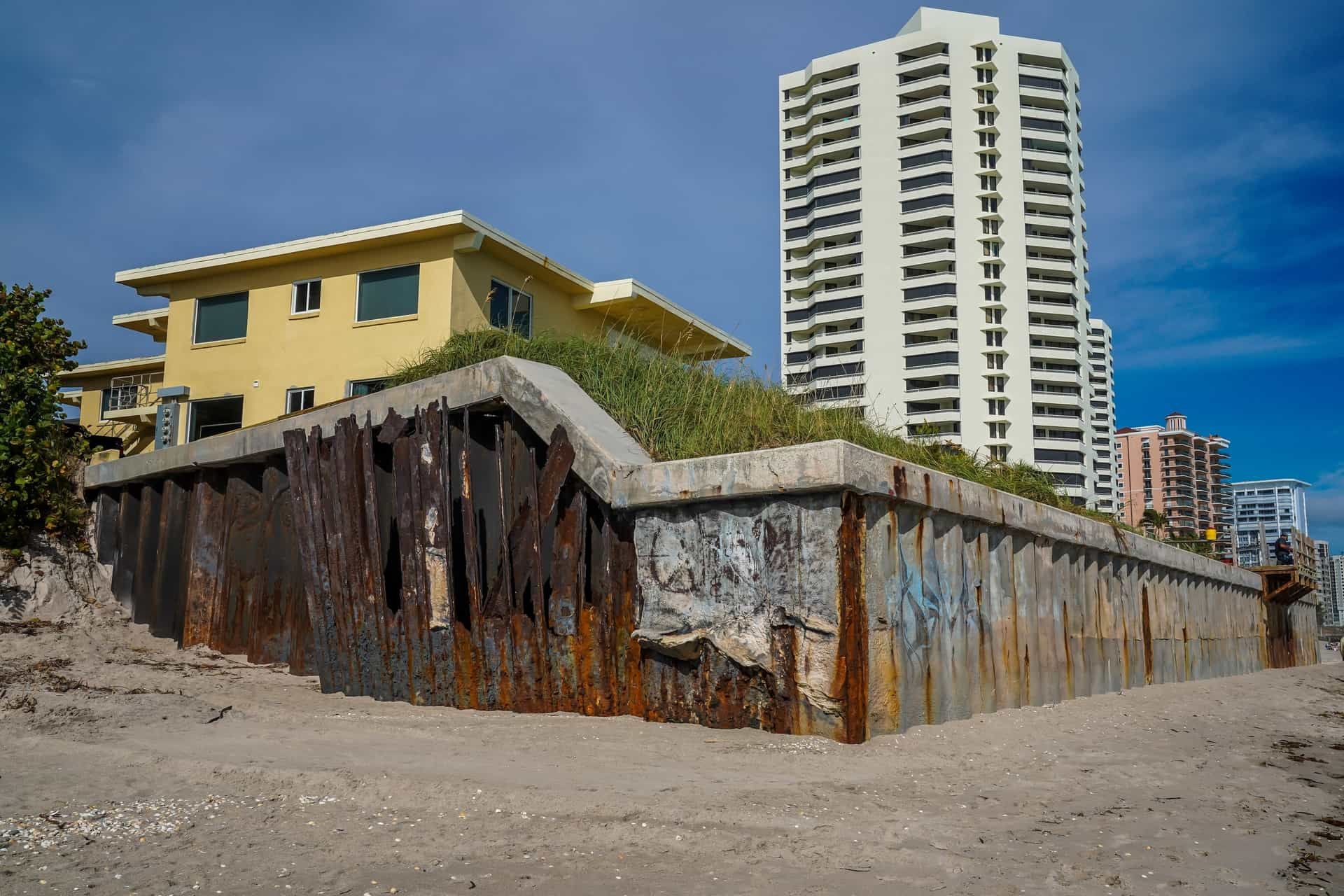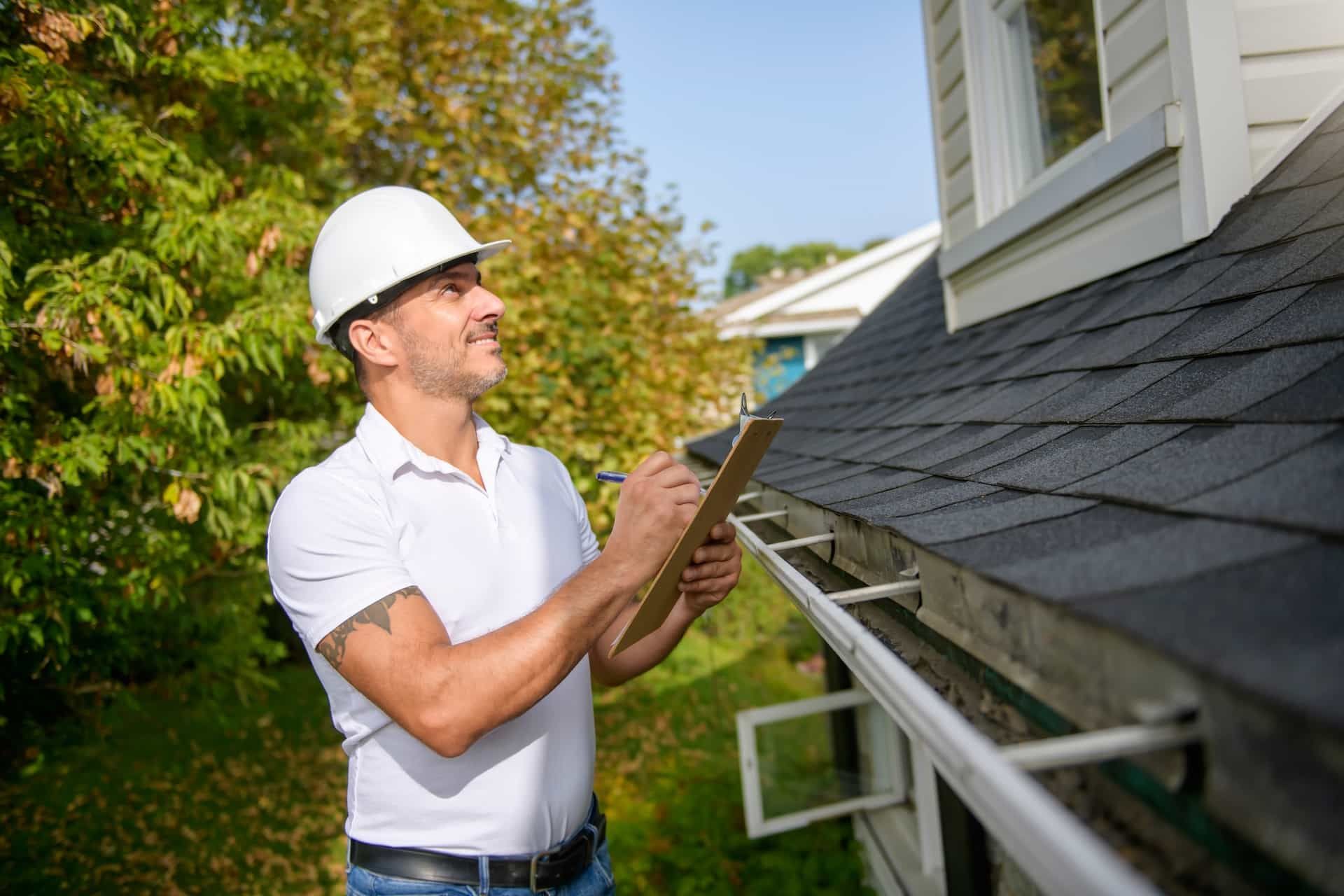What's the Difference Between a Phase 1 and Phase 2 Environmental Site Assessment?
Ensuring that a property is clear of environmental risks during due diligence is crucial in Florida's commercial real estate transactions. An essential tool for achieving this is the Environmental Site Assessment (ESA), which comes in two types: Phase 1 and Phase 2. Each type serves a different purpose and is carried out at different stages of the property transaction process.
Understanding the disparities between a Phase 1 and Phase 2 Environmental Site Assessment (ESA) and knowing when they should be conducted is critical to safeguarding your investment and confirming the satisfactory property condition.
What Does a Phase 1 Environmental Site Assessment (ESA) Involve?
Goal of a Phase 1 ESA
A Phase 1 ESA entails an assessment of a property to pinpoint potential or existing environmental contamination risks. It involves invasive investigations primarily through record reviews, visual inspections, and interviews. The primary objective is to ascertain if there are any Recognized Environmental Conditions (RECs) that may necessitate examination or remediation.
Elements of a Phase 1 ESA
1. Record Examination
This step evaluates property documents, including land uses and ownership details, environmental databases, and maps. The aim is to uncover any activities that could have resulted in contamination.
Environmental records from state and federal agencies are reviewed to gain insights into any environmental issues linked to the property.
2. Site Inspection
A physical walkthrough of the property is carried out to check for signs of contamination, such as storage of chemicals, distressed vegetation, or visible spillage. Observations include the property's condition, usage, and potential contamination sources on neighboring properties.
3. Interviews
Conversations with previous property owners, managers, and occupants help collect information about the property's history and possible environmental concerns. Involving authorities can offer additional perspectives on the property's environmental background.
4. Report Preparation
The collected findings are summarized in a report that outlines any Recognized Environmental Concerns (RECs) discovered during the assessment.
If potential contamination is detected, recommendations for steps like a Phase 2 Environmental Site Assessment (ESA) are provided.
When Should a Phase 1 ESA Be Conducted?
A Phase 1 ESA is typically performed during the due diligence phase of a
real estate transaction. It is essential for:
- Buyers of Commercial Real Estate: We ensure the property is clear of liabilities before purchase.
- Lenders and Financial Institutions: Assessing risks to secure financing for a property acquisition.
- Property Owners Considering Redevelopment: Identifying issues with contamination that could impact plans.
Understanding What a Phase 2 Environmental Site Assessment (ESA) Involves
Purpose of Conducting a Phase 2 ESA
A Phase 2 ESA is an investigation conducted after a Phase 1 ESA if there are suspicions of contamination. It entails gathering samples of soil, groundwater, or building materials to verify the presence and extent of pollution. The primary goal is to evaluate the seriousness of the contamination and determine if remediation is necessary.
Elements of a Phase 2 ESA
1. Collection and Analysis
Soil, groundwater, and sometimes air samples are taken from the site. These samples undergo testing in a lab to identify contaminants like metals, hydrocarbons, or
volatile organic compounds (VOCs).
The selection of sampling locations is based on the outcomes of the Phase 1 ESA, focusing on areas where contamination is probable.
2. Analysis and Understanding
The results from testing are compared to guidelines to gauge the degree of contamination. Experts in these fields analyze the data to comprehend the scope and characteristics of pollution.
3. Preparation of Reports
The discoveries are recorded in a report detailing the levels of contamination and impacted zones. This report includes suggestions for measures or further exploration if necessary.
4. Remediation Strategy
If pollution is discovered, a remediation plan may be included in the report to deal with issues. This could entail excavating soil, treating groundwater, or employing methods to address contamination.
When Should a Phase 2 Environmental Site Assessment (ESA) Be Conducted?
A Phase 2 ESA becomes necessary if the initial Phase 1 ESA identifies hazards that require further examination. Typically, it is conducted when;
- Contamination Is Suspected
- Regulatory Compliance
- Before Major Investments
Critical Differences Between Phase 1 and Phase 2 ESAs
1. Extent of Assessment and Intrusion Level
Phase 1 ESA: Non-intrusive and focuses on document analysis, site inspections, and interviews.
Phase 2 ESA: Involves intrusion through sampling and lab testing to identify contaminants.
2. Objectives
Phase 1 ESA: Flags concerns without confirming contamination.
Phase 2 ESA: Measures the extent of contamination noted in the Phase 1 assessment.
3. Cost and Time
Phase 1 ESA: It is more affordable and quicker to carry out.
The costs can vary depending on the property's size and complexity, typically falling between $1,000 to $3000.
Phase 2 ESA: Due to sampling and laboratory analysis requirements, expenses of Phase 2 Environmental Site Assessments (ESAs) tend to be higher and more time-consuming. Costs for Phase 2 ESAs can range from $5,000 to upwards of $30,000, depending on the extent of the investigation.
4. Outcome
The outcomes of ESAs differ between Phase 1 and Phase 2 assessments. A Phase 1 ESA provides a report on environmental risks and offers recommendations for further actions. Conversely, a Phase 2 ESA involves an analysis of contamination levels and suggestions for remediation or additional investigation.
Understanding why ESAs are crucial in Real Estate is essential
1. Protecting Investment: Conducting comprehensive ESAs early on can safeguard your investment by identifying potential environmental risks upfront, preventing unexpected costs and legal complications related to contamination.
2. They are ensuring Compliance: Phase 1 and Phase 2 ESAs aid in meeting regulations, minimizing the risk of penalties and legal repercussions. They are indispensable for the satisfying lender and regulatory expectations.
3. Facilitating Property Transactions: Completing ESAs contributes to smoother property transactions by offering transparency and assurance regarding the property's environmental condition. This is particularly valuable for buyers, sellers, and lenders.
4. Safeguarding Public Health: Detecting and addressing contamination is crucial in protecting public health and preserving the environment, ensuring that properties remain safe for current and future use.
Conclusion
Understanding the differences between a Phase 1 and Phase 2 Environmental Site Assessment (ESA) is crucial for anyone involved in commercial real estate in Florida.
Phase 1 ESAs highlight potential environmental issues, while Phase 2 ESAs validate and measure contamination levels. Both evaluations are crucial in safeguarding investments, complying with regulations, and protecting public well-being.
Engaging qualified experts to carry out thorough ESAs is crucial when contemplating a property deal. This diligence process aids in averting expenses and ensures the stability and sustainability of your real estate ventures.
For consultation on how Environmental Site Assessments can enhance your real estate transactions, contact our team at
Certified Inspectors, Boca Raton, FL.
Disclaimer: The information on this website and blog is for general informational purposes only and is not professional advice. We make no guarantees of accuracy or completeness. We disclaim all liability for errors, omissions, or reliance on this content. Always consult a qualified professional for specific guidance.
Share the post:






